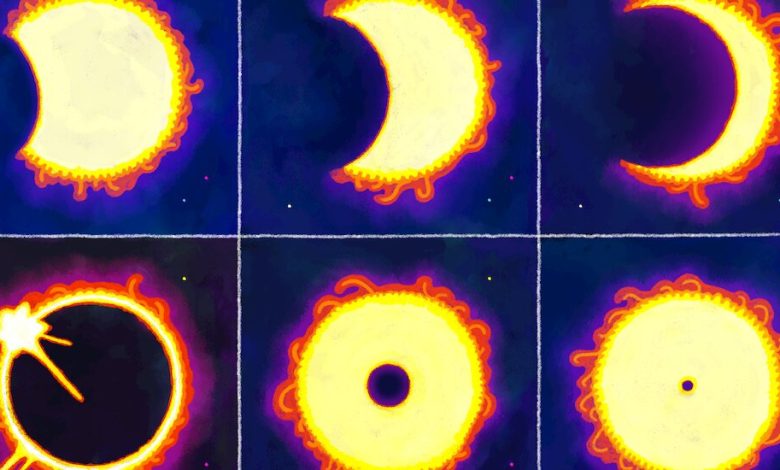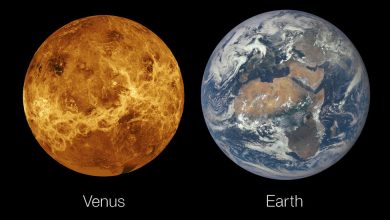Someday, Earth Will Have a Final Total Solar Eclipse

The total solar eclipse visible on Monday over parts of Mexico, the United States and Canada was a perfect confluence of the sun and the moon in the sky. But it’s also the kind of event that comes with an expiration date: At some point in the distant future, Earth will experience its last total solar eclipse.
That’s because the moon is drifting away from Earth, so our nearest celestial neighbor will one day, millions or even billions of years in the future, appear too small in the sky to completely obscure the sun.
“We’ll only ever have annular eclipses,” said Noah Petro, a planetary scientist at NASA Goddard Space Flight Center, referring to “ring of fire” eclipses like the one that crossed the Americas in October.
But putting an exact date on Earth’s final total solar eclipse is a serious computational challenge involving a variety of scientific disciplines.
Ever since the moon formed over four billion years ago, it has been spiraling away from Earth. The moon’s retreat results from its gravitational interactions with our planet. Tides raised by that gravity send the water in our planet’s oceans sliding over the seafloor and along the edges of continents. That creates friction that causes Earth to spin more slowly on its axis, said Mattias Green, an ocean scientist at Bangor University in Wales.
The moon moves outward in its orbit in response to the slowing of the Earth. Imagine a figure skater extending her arms and slowing down, Dr. Green said. “It’s the same physical principle but backwards.”





